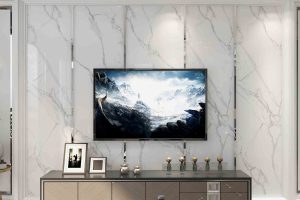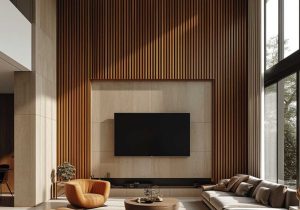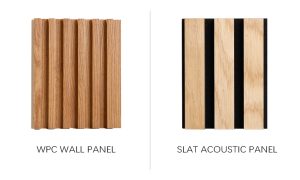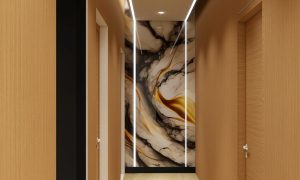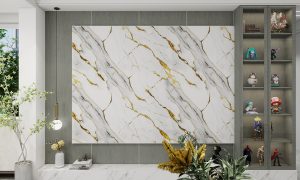
Capsule houses, also known as micro homes or tiny houses, are compact dwellings typically ranging from 100 to 400 square feet in size. They prioritize efficient use of space, sustainability, affordability, and mobility. Capsule houses often feature innovative design solutions, such as multifunctional furniture, creative storage options, and off-grid capabilities. Their small footprint makes them suitable for diverse lifestyles, including minimalist living, urban infill, and nomadic lifestyles. Overall, capsule houses offer a unique approach to modern living, challenging traditional notions of home design and inspiring innovation in architecture.
let’s delve deeper into each aspect:
- Space Efficiency:
- Capsule houses are typically designed to maximize every square inch of space. This often involves innovative floor plans that prioritize essential functions while minimizing wasted space. For example, lofted sleeping areas or fold-down tables and beds are common features in capsule house designs.
- Architects working on capsule houses often employ creative storage solutions, such as built-in cabinets, drawers under stairs, or modular furniture with hidden compartments. These design choices optimize storage capacity without sacrificing aesthetics or functionality.
- Sustainability:
- Many capsule houses are built with sustainable materials like reclaimed wood, recycled steel, or eco-friendly composites. Additionally, these homes often incorporate energy-efficient appliances, LED lighting, and passive heating and cooling strategies to minimize their environmental impact.
- Some capsule houses are designed to be off-grid or self-sufficient, utilizing renewable energy sources like solar panels, wind turbines, or rainwater harvesting systems. By reducing reliance on traditional utilities, these homes promote a more sustainable lifestyle.
- Affordability and Accessibility:
- Capsule houses are typically more affordable than conventional homes due to their smaller size and simplified construction. This affordability makes homeownership accessible to individuals and families who may otherwise struggle to afford housing in high-cost areas.
- Architects and designers are exploring cost-effective building techniques such as prefabrication and modular construction to further reduce the upfront and ongoing costs associated with capsule houses. These methods streamline the construction process and can lead to significant savings for homeowners.
- Flexibility and Mobility:
- One of the defining features of capsule houses is their ability to be easily relocated or adapted to different environments. This mobility opens up opportunities for homeowners to live in unconventional locations or to change their surroundings as desired.
- Architects are designing capsule houses with lightweight materials and modular components that can be disassembled and transported to a new site. This flexibility appeals to individuals who value mobility and freedom in their living arrangements.
- Innovative Design Solutions:
- Capsule houses often serve as laboratories for architectural experimentation and innovation. Architects working on these projects are challenged to find creative solutions to spatial constraints, resulting in unique and inventive designs.
- From transforming furniture to multifunctional spaces, capsule houses inspire architects to think outside the box and push the boundaries of traditional architectural norms. This spirit of innovation drives the evolution of modern architecture, influencing design trends and practices across the industry.
Overall, capsule houses have made a significant impact on modern architecture by promoting space efficiency, sustainability, affordability, flexibility, and innovation. As the demand for compact and adaptable living spaces continues to grow, their influence on architectural practices is likely to endure, shaping the way we conceptualize and design buildings in the future.


